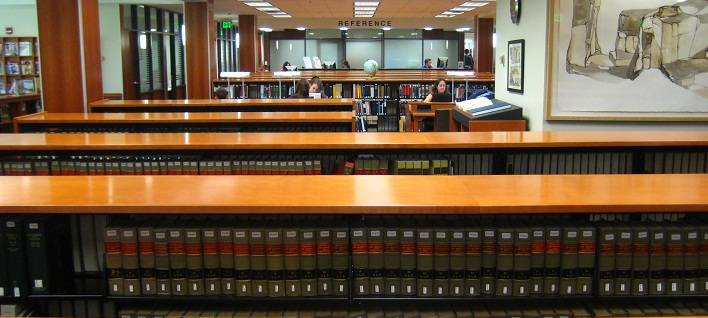Modelling of customized cranial implants for decompressive craniectomy
Pages : 400-404, DOI: https://doi.org/10.14741/ijcet/v.12.5.1
Download PDF
Abstract
Cranioplasty is one of the oldest and lifesaving surgical procedures to repair cranial defects and is extremely challenging for most experienced neurosurgeons. Cranioplasty often performs an aesthetic purpose, improves the neurological function of brain tissue, and arrests cerebrospinal fluid leak (CSF). These surgical procedures are gradually improved and enhanced with the help of computer-aided design (CAD) and computer-aided manufacturing (CAM) technologies. Recently, these surgical procedures are notoriously enhanced with 3D printing technology which helps to manufacture large-sized cranial defects with contour surfaces. The main objective of this research work is to develop customized cranial implants for severely injured patients. The computer-aided modelling and reconstruction techniques are creating an essential role in various cranial defects such as symmetrical and asymmetrical defects respectively. The symmetrical defects are modelled through the mirroring technique, however, the modelling of cranial implants for asymmetrical defects is quite difficult such as beyond midline deformities, multipoint defects, and frontal bone defects. The complexity depends upon the surface area of the implant and curvature. The skull is damaged in the frontal, parietal, and temporal regions and a small portion of the frontal region is damaged away from the sagittal plane. The cranial bone thickness is calculated at different regions such as temporal and parietal regions etc. The implant is modelled at a thickness of 2.5mm and the edges of the implant are corrected to arrest the CSF leak. Finally, the 3D printed model is useful for planning surgery, modelling implants, and estimating skull damage.
Keywords: Cranial Implant, CSF, 3D Printing, decompressive craniotomy



















 MECHPGCON, MIT College of Engineering, Pune, India
MECHPGCON, MIT College of Engineering, Pune, India AMET, MIT College of Engineering, Pune, India
AMET, MIT College of Engineering, Pune, India International Conference on Advances in Mechanical Sciences
International Conference on Advances in Mechanical Sciences  International Symposium on Engineering and Technology
International Symposium on Engineering and Technology International Conference on Women in Science and Engineering
International Conference on Women in Science and Engineering




